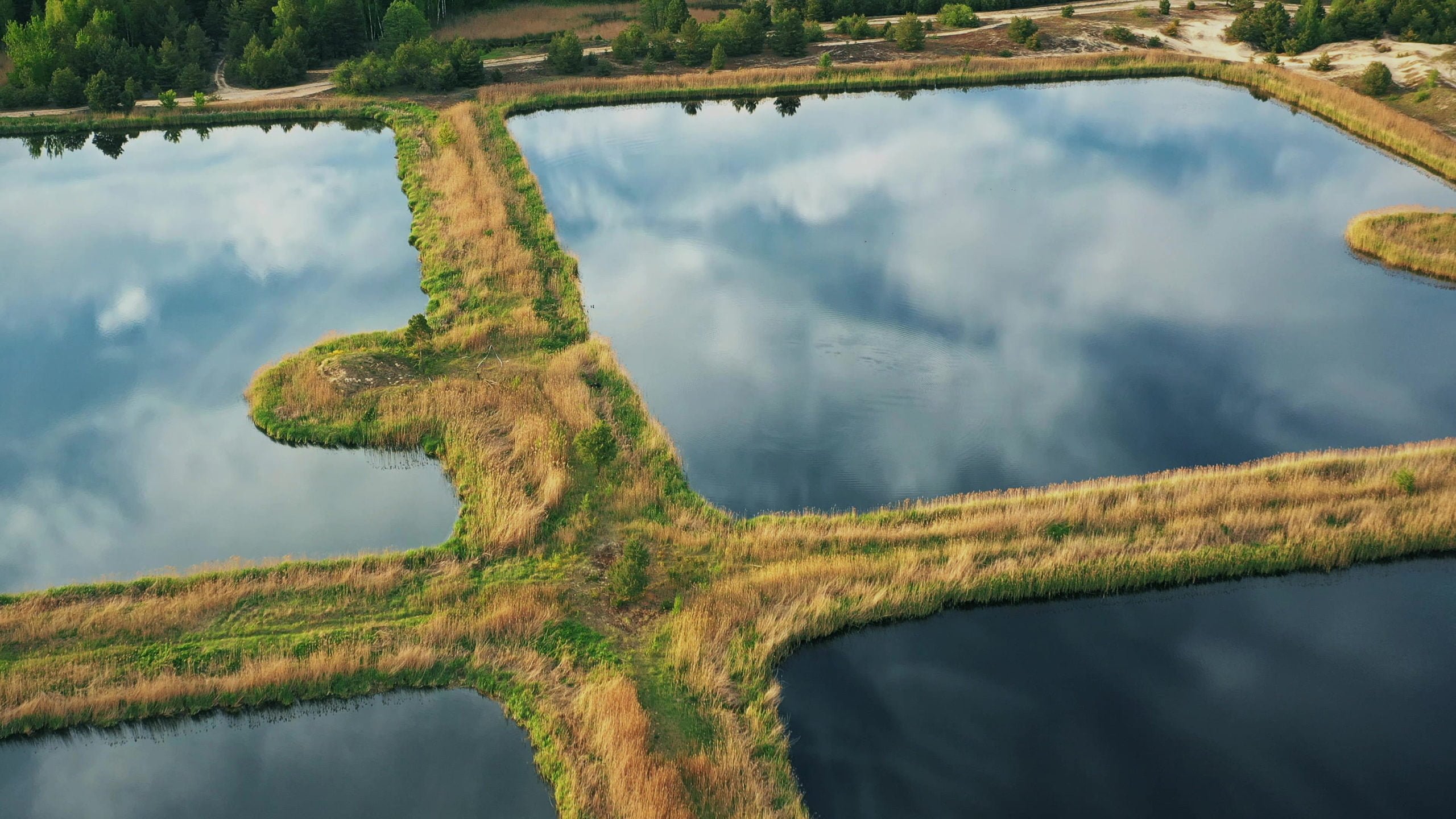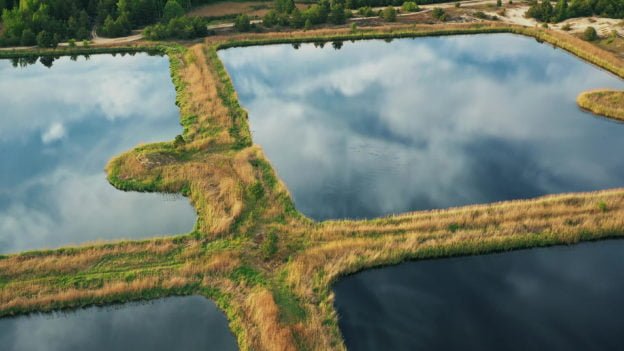This course will present new developments related to runoff reduction and findings from the International Stormwater Best Management Practices Database (BMP Database). While runoff reduction through disconnecting impervious area to drain to receiving pervious areas (RPAs) has long been a recommended practice across the United States to promote infiltration and lengthen the hydrologic response time of a watershed as it develops; however, the lack of methods to quantify runoff reduction from stormwater control measures such as grass swales and buffers, has often led to these practices being overlooked.
Grass buffers, swales and other RPAs (any vegetated or highly pervious areas that are wetted by runoff from impervious areas in the water quality event) are critical components of the treatment train approach to runoff, and when quantified, can play an important part in meeting regulatory requirements for runoff reduction and water quality treatment. Recent work by the Mile High Flood District (MHFD) to update stormwater quality criteria has placed an emphasis on these important runoff reduction practices and provided new methods for quantification.
In addition to highlighting the role of RPAs in runoff reduction, this course will also provide an update on some of the latest stormwater control measure (SCM/BMP) performance analysis from the BMP Database, with particular emphasis on nutrients and fecal indicator bacteria. The presentation will also briefly highlight some recent additions to the overall BMP Database project related to stream restoration, agricultural BMPs, and cost data.
Recent Developments in Runoff Reduction and International Storm Water BMP Database
Learning Objectives:
After successfully completing this course, attendees should be able to:
- Explain Receiving Pervious Areas (RPAs) and how they are designed
- Identify key factors for successful installation and maintenance of RPAs
- Discuss the International Stormwater BMP Database
- Explain the implications for effective stormwater management
About Instructor
About Instructor


 Paved Wetlands: Restoring Flood Storage Post Urbanization
Paved Wetlands: Restoring Flood Storage Post Urbanization 



